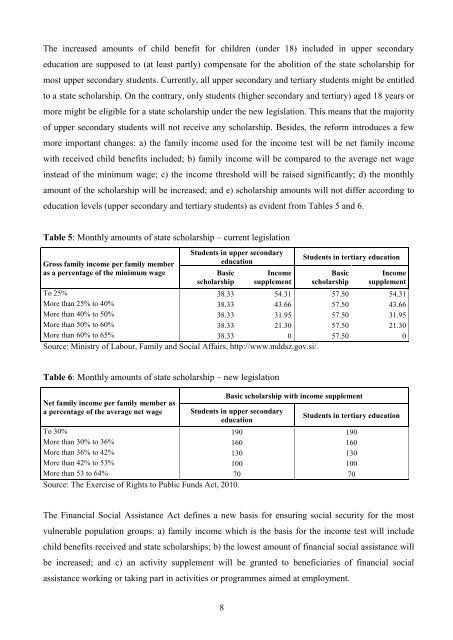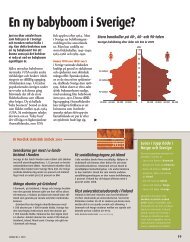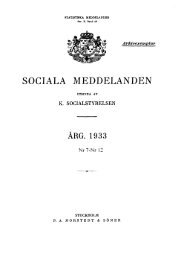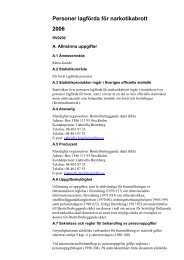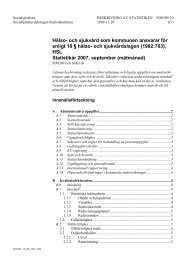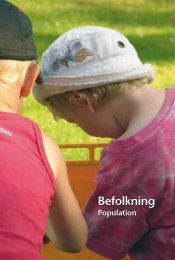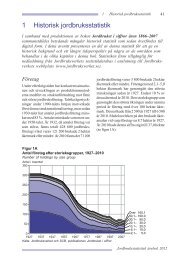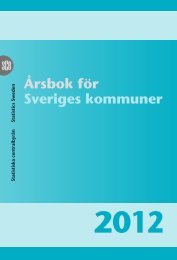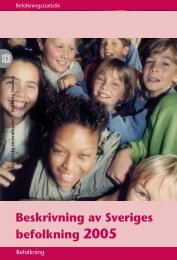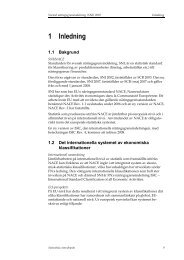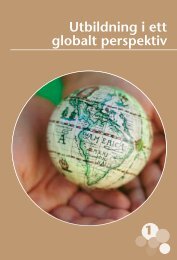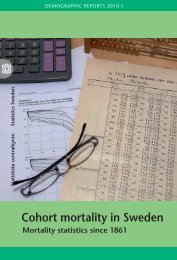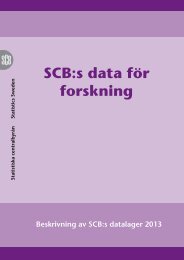Assessing the Benefits Reform in Slovenia Using a Microsimulation ...
Assessing the Benefits Reform in Slovenia Using a Microsimulation ...
Assessing the Benefits Reform in Slovenia Using a Microsimulation ...
You also want an ePaper? Increase the reach of your titles
YUMPU automatically turns print PDFs into web optimized ePapers that Google loves.
The <strong>in</strong>creased amounts of child benefit for children (under 18) <strong>in</strong>cluded <strong>in</strong> upper secondaryeducation are supposed to (at least partly) compensate for <strong>the</strong> abolition of <strong>the</strong> state scholarship formost upper secondary students. Currently, all upper secondary and tertiary students might be entitledto a state scholarship. On <strong>the</strong> contrary, only students (higher secondary and tertiary) aged 18 years ormore might be eligible for a state scholarship under <strong>the</strong> new legislation. This means that <strong>the</strong> majorityof upper secondary students will not receive any scholarship. Besides, <strong>the</strong> reform <strong>in</strong>troduces a fewmore important changes: a) <strong>the</strong> family <strong>in</strong>come used for <strong>the</strong> <strong>in</strong>come test will be net family <strong>in</strong>comewith received child benefits <strong>in</strong>cluded; b) family <strong>in</strong>come will be compared to <strong>the</strong> average net wage<strong>in</strong>stead of <strong>the</strong> m<strong>in</strong>imum wage; c) <strong>the</strong> <strong>in</strong>come threshold will be raised significantly; d) <strong>the</strong> monthlyamount of <strong>the</strong> scholarship will be <strong>in</strong>creased; and e) scholarship amounts will not differ accord<strong>in</strong>g toeducation levels (upper secondary and tertiary students) as evident from Tables 5 and 6.Table 5: Monthly amounts of state scholarship – current legislationGross family <strong>in</strong>come per family memberas a percentage of <strong>the</strong> m<strong>in</strong>imum wageStudents <strong>in</strong> upper secondaryeducationBasicscholarshipIncomesupplementStudents <strong>in</strong> tertiary educationBasicscholarshipIncomesupplementTo 25% 38.33 54.31 57.50 54.31More than 25% to 40% 38.33 43.66 57.50 43.66More than 40% to 50% 38.33 31.95 57.50 31.95More than 50% to 60% 38.33 21.30 57.50 21.30More than 60% to 65% 38.33 0 57.50 0Source: M<strong>in</strong>istry of Labour, Family and Social Affairs, http://www.mddsz.gov.si/.Table 6: Monthly amounts of state scholarship – new legislationNet family <strong>in</strong>come per family member asa percentage of <strong>the</strong> average net wageBasic scholarship with <strong>in</strong>come supplementStudents <strong>in</strong> upper secondaryeducationStudents <strong>in</strong> tertiary educationTo 30% 190 190More than 30% to 36% 160 160More than 36% to 42% 130 130More than 42% to 53% 100 100More than 53 to 64% 70 70Source: The Exercise of Rights to Public Funds Act, 2010.The F<strong>in</strong>ancial Social Assistance Act def<strong>in</strong>es a new basis for ensur<strong>in</strong>g social security for <strong>the</strong> mostvulnerable population groups: a) family <strong>in</strong>come which is <strong>the</strong> basis for <strong>the</strong> <strong>in</strong>come test will <strong>in</strong>cludechild benefits received and state scholarships; b) <strong>the</strong> lowest amount of f<strong>in</strong>ancial social assistance willbe <strong>in</strong>creased; and c) an activity supplement will be granted to beneficiaries of f<strong>in</strong>ancial socialassistance work<strong>in</strong>g or tak<strong>in</strong>g part <strong>in</strong> activities or programmes aimed at employment.8


